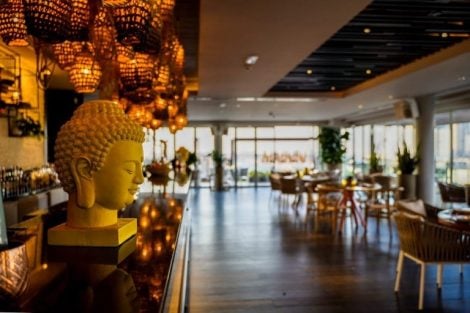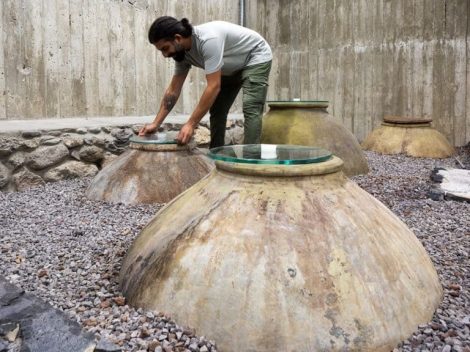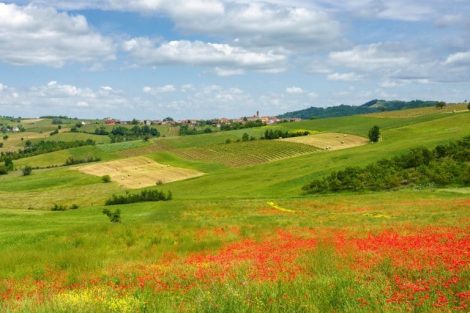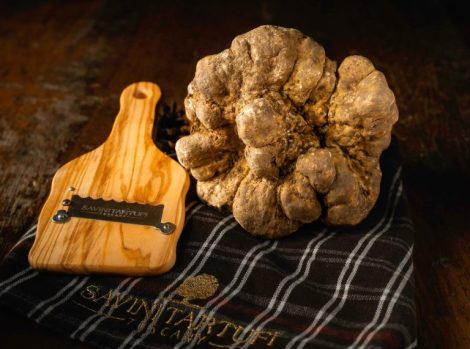During the excavations started in 2023 in Insula 10 of Pompeii's Regio IX, the interior structures of two houses were uncovered, one of which contained an impressive banquet hall with frescoed walls. The painted scenes depict pivotal moments preceding the Trojan War: the fateful meeting between the young Paris and the beautiful Helen, which will spark the conflict, and Cassandra's condemnation to disbelief for rejecting the love of the god Apollo. These are not random scenes but themes chosen to prompt the banquet guests to reflect on the consequences of unchecked passions, which can lead to disastrous conclusions. The pictorial cycles of banquet halls served as conversation starters: light subjects leading to deeper reflections on temperance and virtue.
Horseshoe-shaped Triclinia
When in use, the hall was furnished with the traditional three triclinia beds arranged in a horseshoe shape around a central table. Slaves, servants, musicians, and dancers moved around the hall while guests reclined in threes on each bed. It is no coincidence that the perfect number of guests at an elegant dinner for Marcus Varro was between that of the Graces and the Muses, that is, no fewer than three and no more than nine. Naturally, banquets could be much more crowded, as poet Martial humorously describes: “You invite three hundred people to dinner whom I do not know, then you wonder why I do not come, even though I am invited. You complain and make an issue of it, but Fabullo, I do not like eating alone.”
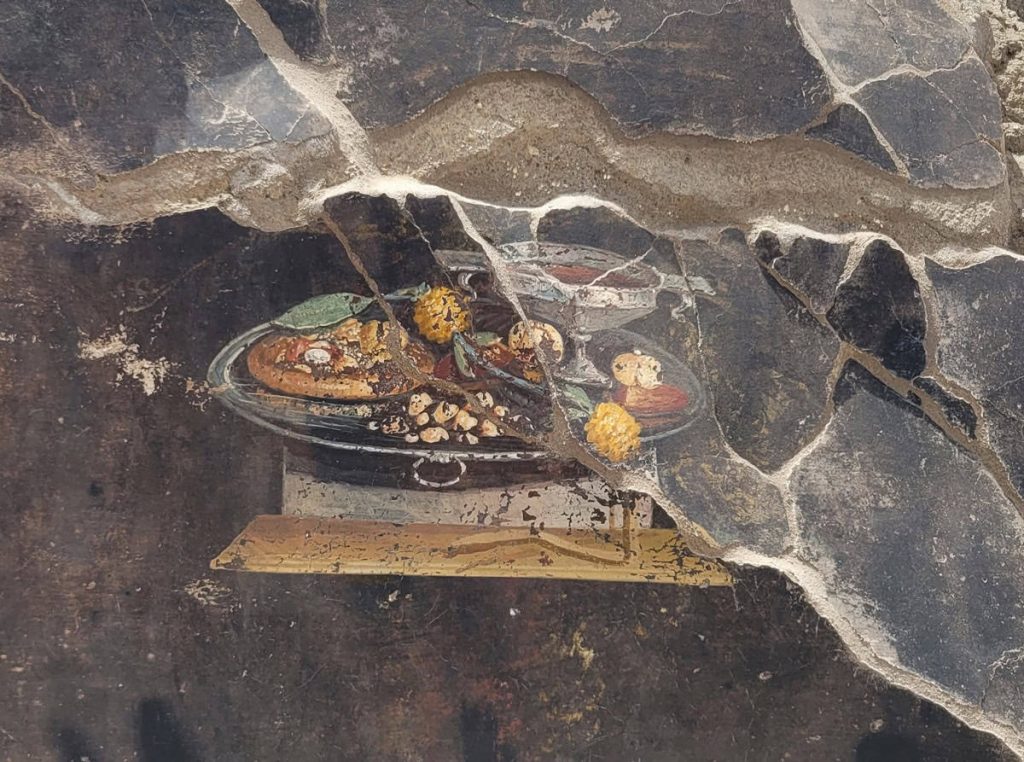
The famous fresco depicting a proto-pizza recently discovered in Pompeii - Images courtesy of the MIC - Archaeological Park of Pompeii
The Pizza craze
Another room of the domus, presumably belonging to the baker Aulus Rustius Verus, made headlines for the discovery of a small painting depicting what has been identified as an ancestor of modern pizza. The fresco shows a large silver tray with a cantharus full of red wine, surrounded by various fruits including some pomegranates. A brown container stands out, possibly a focaccia with raised edges, or perhaps a basket or plate, containing other foods difficult to identify due to the cursive style of the painting. This is a common theme in painting, as Vitruvius recalls, representing gifts left in the rooms of esteemed guests to make them feel welcome. The news of this proto-pizza went around the world, although similar depictions have been found before, such as in the cubiculum of the House of the Vettii, which shows a focaccia with a large crust topped with some ripe figs. Is it a pizza or not? The question remains open. But beyond this, what did the inhabitants of Pompeii eat?
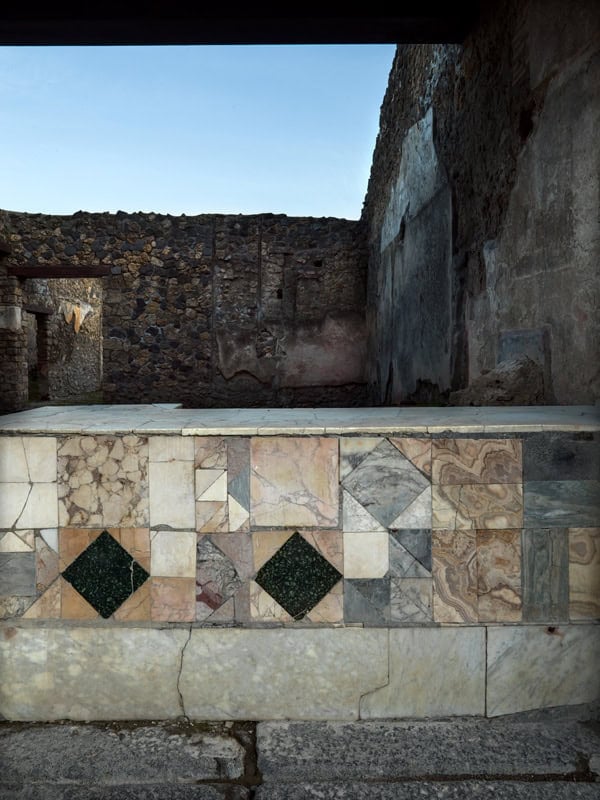
The counter of a Caupona. Photo by Luigi Spina, courtesy of the MIC - Archaeological Park of Pompeii
Where to eat in Pompeii
The elegant triclinia rooms where people dined comfortably reclining were a luxury not everyone could afford. The less fortunate, travelers, and those busy with various tasks during the day could find refreshment in the various establishments open to the public. The common term used in archaeological literature to generically indicate these structures is taberna, encompassing a wide variety of establishments. In Pompeii, there are about eighty, a significant number given the city's size. They ranged from the small Popina, also called Thermopolium, consisting of a single room facing the street where food and drink could be bought to go, to the large Caupona offering a wide selection of dishes to be consumed inside. Lastly, there were the Hospitium: small inns to accommodate travelers with carts and livestock, usually located on the city's outskirts to avoid traffic problems. These were similar to modern bed and breakfasts, where guests could prepare their own meals in a communal kitchen. Usually, at the entrance of the tabernae, there was a large counter containing several dolia (jars) where cooked food and wine were stored, along with warm water. The premises were equipped with bread, various condiments, and kitchens to prepare meals.
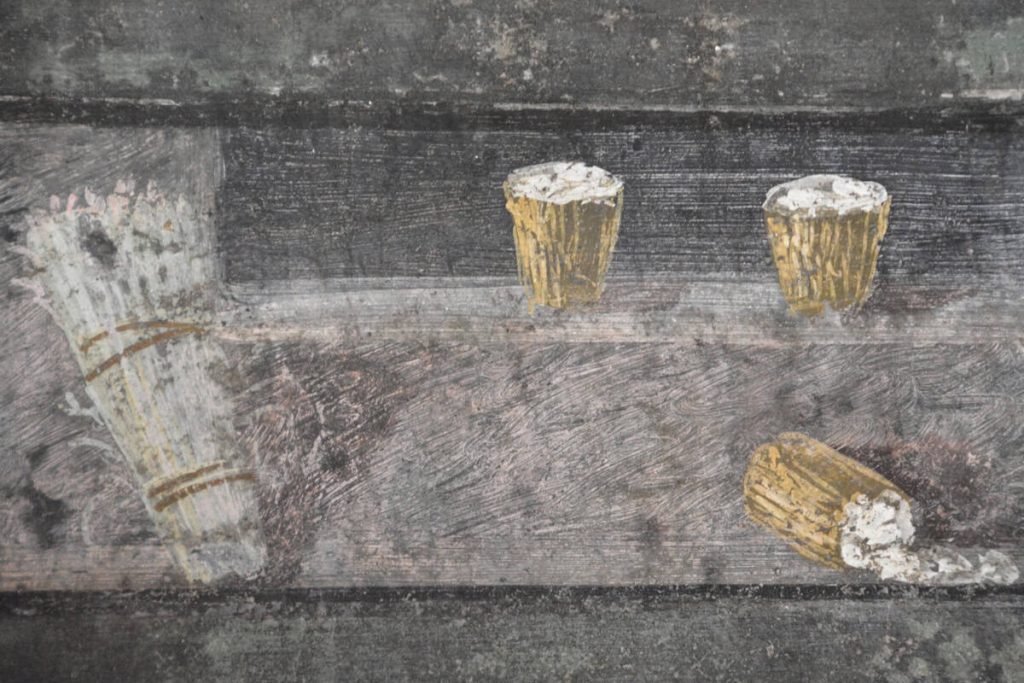
Fresco depicting bunches of asparagus. Photo courtesy of the MIC - Archaeological Park of Pompeii
What the Tavern offered
Regarding the specialties served, Juvenal recalls the ancient times when people were satisfied with a few vegetables cooked on modest hearths, comparing them with the rich meat dishes found in warm and comfortable taverns. Other authors describe large sausages grilled over coals and hams hanging from beams, while various frescoes inside depict a wide variety of foods: from eggs to poultry, from olives to figs. In some cases, it has been possible to identify food remains preserved inside containers, as in the Thermopolium of Regio V, one of the best-preserved taverns in Pompeii.
Ducks, pigs, goats, fish, and snails
In one of the large dolia, bones of duck, pig, goat (or sheep), fish, and land snails were found. It is unclear whether they were all part of the same dish, but it is possible that it was some kind of extremely complex stew, although there is no trace of such recipes in contemporary literature. In the bottom of another dolium, some broken fava beans were found. They could have served as a side dish but also as an additive to whiten wine, as suggested by Apicius in "De Re Coquinaria."
These early eateries attracted a wide variety of patrons. They were not only frequented by the plebs but also by customers of various social backgrounds. In some cases, it seems that even emperors were regular clients. Gallienus and Elagabalus, for example, were regular patrons of taverns, likely attracted not only by the food but by the convivial atmosphere. On the walls of Salvius' caupona in Regio VI, some frescoes give an idea of what could be found inside, besides food, of course. They are small scenes accompanied by text, similar to today's comics, with three different subjects: in the first, a man and a woman kiss, in the second, two customers compete for a glass of wine with a waitress, and finally, a quarrel between two dice players who insult each other and are pushed out by the innkeeper.
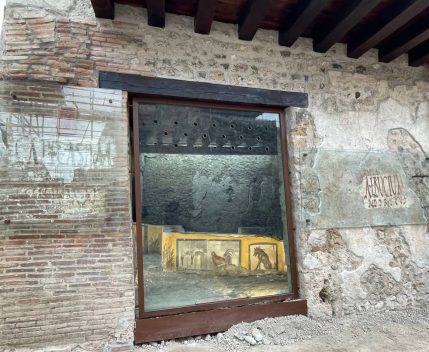
A termopolium. Photo courtesy of the MIC - Archaeological Park of Pompeii
Dormice and cranes: fine dining
If taverns were good for a snack or a quick lunch, the ultimate aspiration was to spend the evening dining on a triclinium, drinking, and eating in the company of friends. Scoring an invitation was the ambition of many who, not having an adequate room or the means to host, sought a free dinner. Strategies were varied, even waiting inside public latrines – which were open and "convivial" – for an acquaintance to arrive, as Martial tells us: “Vacerra spends all the hours of the day sitting in every latrine. Vacerra wants to dine, not defecate.” Inviting people home could be very expensive, especially if there were distinguished guests. Many ancient authors warn their guests about the modesty of the meal to be offered. In an epigram, Martial declares that his friends should not expect a luxurious dinner, offering a detailed description of the classic three courses of a Roman dinner. It begins with a salad of mallow, lettuce, leeks, mint, and arugula and, still as an appetizer, other small cold dishes based on boiled eggs with anchovies and sow’s udders with tuna sauce (a sort of "tuna pork"). The main course consists of a kid – perhaps roasted – accompanied by fava beans and broccoli, along with leftovers of chicken and ham. Finally, fruit and aged wine to close the evening talking about chariot races.
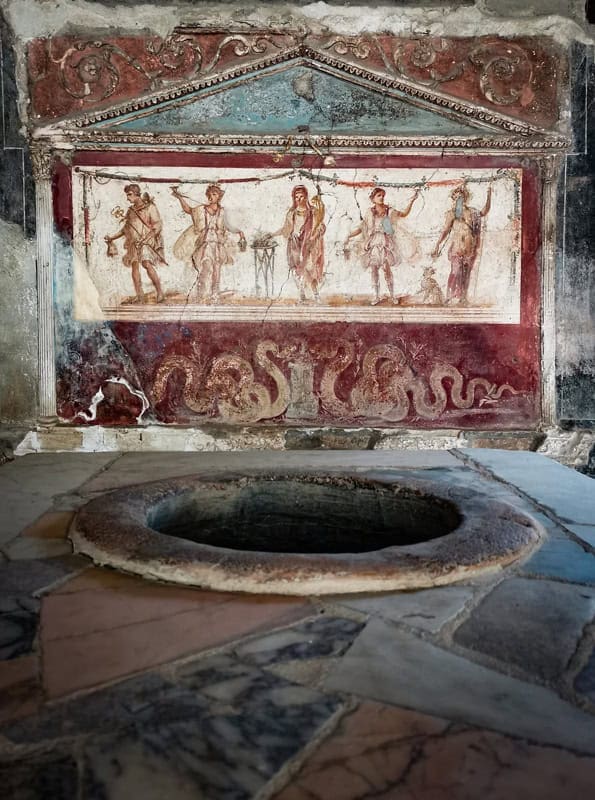
Termopolio di Vetutio Placido. Photo Silvia Vacca courtesy of the MIC - Archaeological Park of Pompeii
Apicius' book as a main reference
While it is difficult to determine which dishes were served in various taverns of the time, we have more clues regarding haute cuisine. The only complete cookbook that has survived from ancient Rome is "De Re Coquinaria" by Marcus Gavius Apicius, composed from a fusion of several works dating from the 1st to the 4th century AD. The treatise contains many extremely sophisticated preparations such as stuffed dormice roasted, cranes, oysters, and moray eels raised in special saltwater pools. An idea can be gained by observing the mosaics of some rich triclinia depicting the food remains left on the ground at the end of the banquet. Bones of prized fish, shellfish shells, lobster carapaces, chicken bones, vine leaves, olives, apples, pears, cherries, figs, grapes, almonds, and even a mouse gnawing a walnut kernel.
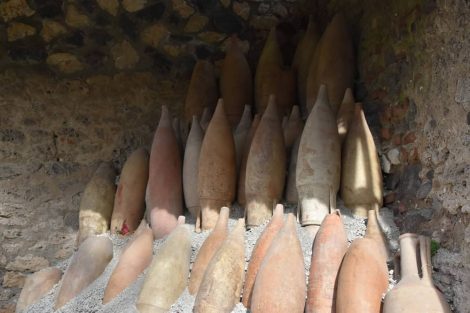
La Casa del Garum. Termopolio di Vetutio Placido. Photo Silvia Vacca courtesy of the MIC - Archaeological Park of Pompeii
Wine mixed with seawater
Wine was usually diluted with a part of water – sometimes seawater – and often flavored and sweetened with various ingredients such as honey and pepper but could also be treated like a modern vermouth with the addition of wormwood and other medicinal herbs. Those who spared no expense served it iced in the summer, using snow brought down from Vesuvius in large containers insulated with straw, traveling on fast carts that had priority on the road.
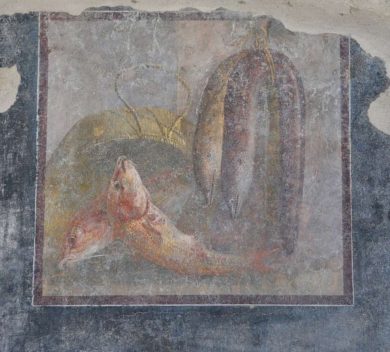
Pesci: affresco nella casa dei Vettii. Photo Silvia Vacca courtesy of the MIC - Archaeological Park of Pompeii
Fine dining, nostalgia, and sarcasm
Many Roman writers emphasize how customs had corrupted over the centuries. No longer were the simple, wholesome foods of the past enough to fill the stomach: now everyone wanted refined dishes. Horace, for example, evokes the good old days when simple eggs and a few olives sufficed to stave off hunger, people ate the most common fish without seeking out pound-sized mullets, and chickens did not fear the competition of peacocks. In a satire, the poet mocks a host named Nasidienus who annoys his guests with excessive and pedantic explanations of what is served at the table: a Lucanian boar killed while blowing a light southerly wind (sure sign of quality), or a moray “caught pregnant, because after giving birth the meat would be less exquisite. The sauce is composed of these ingredients – continues Nasidienus – Oil from the first pressing of a native olive, the juices extracted from the flesh of Spanish pickled fish, of a five-year-old wine jar containing Italian paste, and the fluid distilled from the fermenting excretion of the Tunisian fish.”
Archaeologists reveal original recipes
Although some elements may have changed over time, many of the original ingredients and recipes of the Romans are known thanks to the discovery of the final pages of Apicius' book, previously lost. The final chapter provides insight into the foods served in taverns and at banquets, detailing specific recipes and offering a glimpse into the culinary history that has shaped modern Italian cuisine.

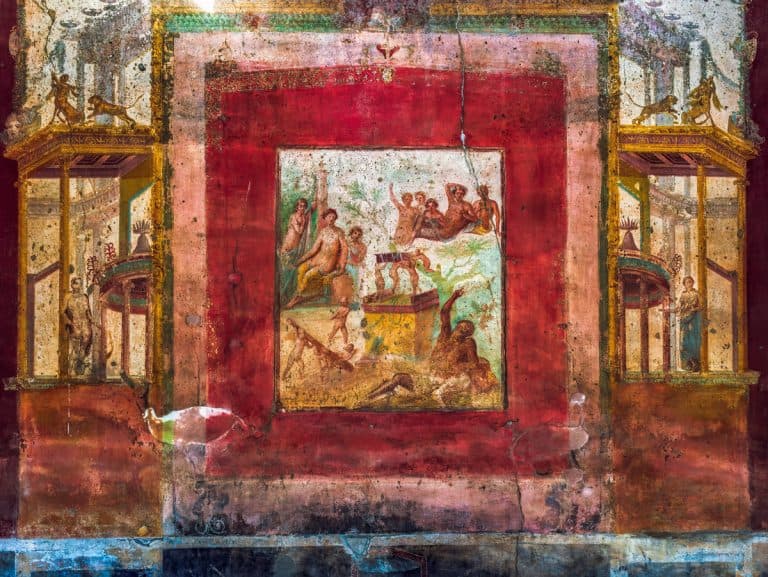
 Dubai speaks Italian: a journey through the Emirate's best Italian restaurants
Dubai speaks Italian: a journey through the Emirate's best Italian restaurants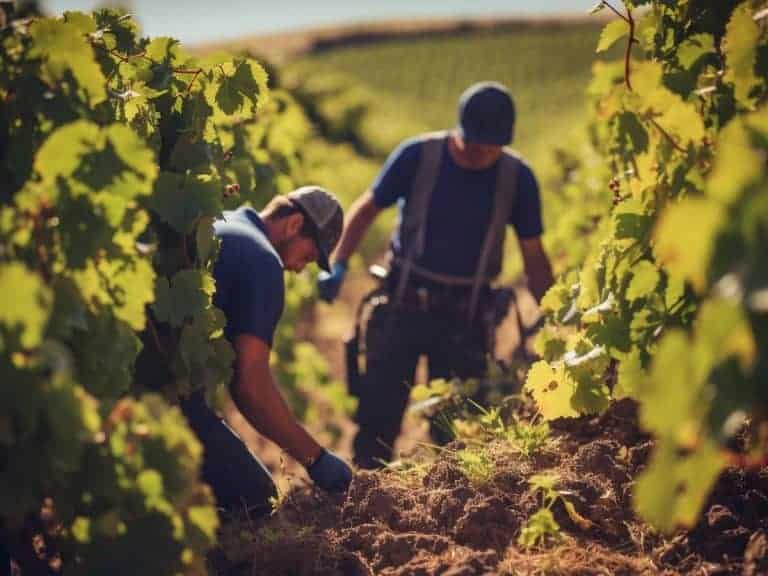 In France, over a thousand winegrowers have decided to abandon wine production
In France, over a thousand winegrowers have decided to abandon wine production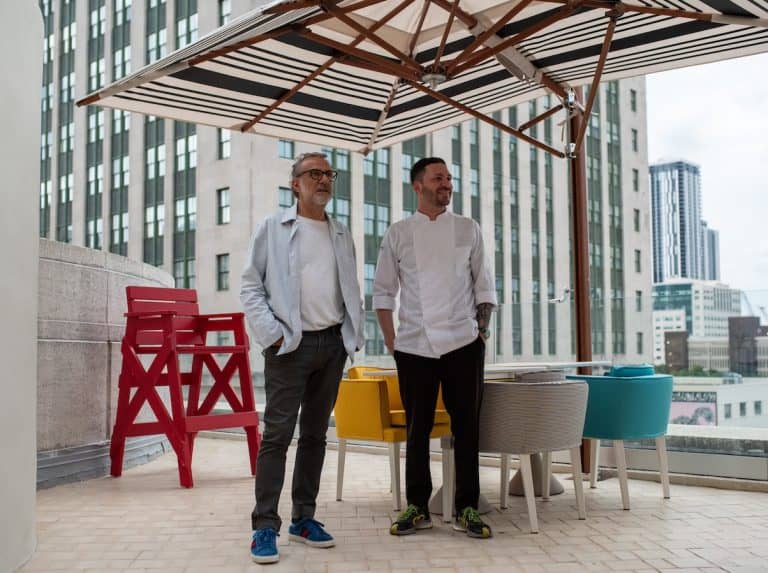 In Miami, a Restaurant Hired a Pair of Grandparents to Hand-Make Tortellini: The Story of Torno Subito
In Miami, a Restaurant Hired a Pair of Grandparents to Hand-Make Tortellini: The Story of Torno Subito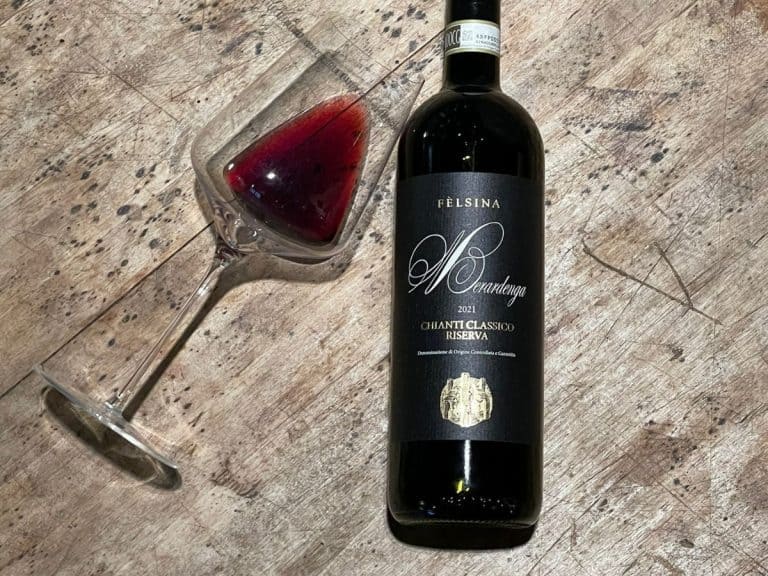 Wine Spectator’s Tuscan focus: All the Italian labels featured in the Top 100
Wine Spectator’s Tuscan focus: All the Italian labels featured in the Top 100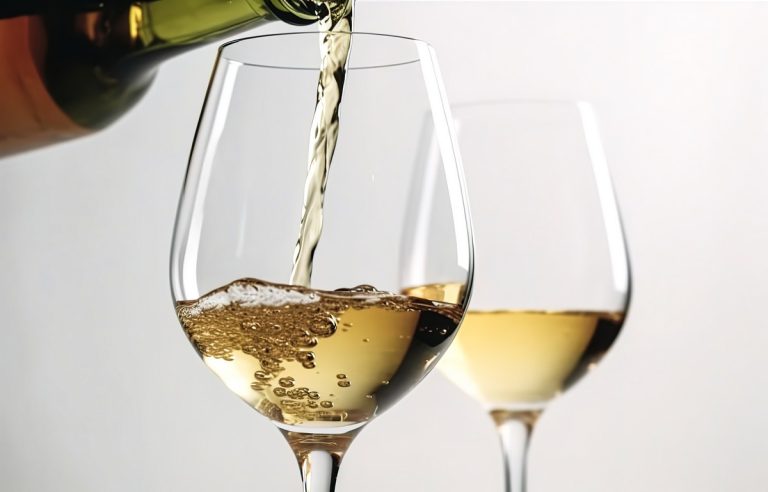 The 8 best Soave wines chosen by Gambero Rosso (with a brand-new entry in the Tre Bicchieri club)
The 8 best Soave wines chosen by Gambero Rosso (with a brand-new entry in the Tre Bicchieri club)